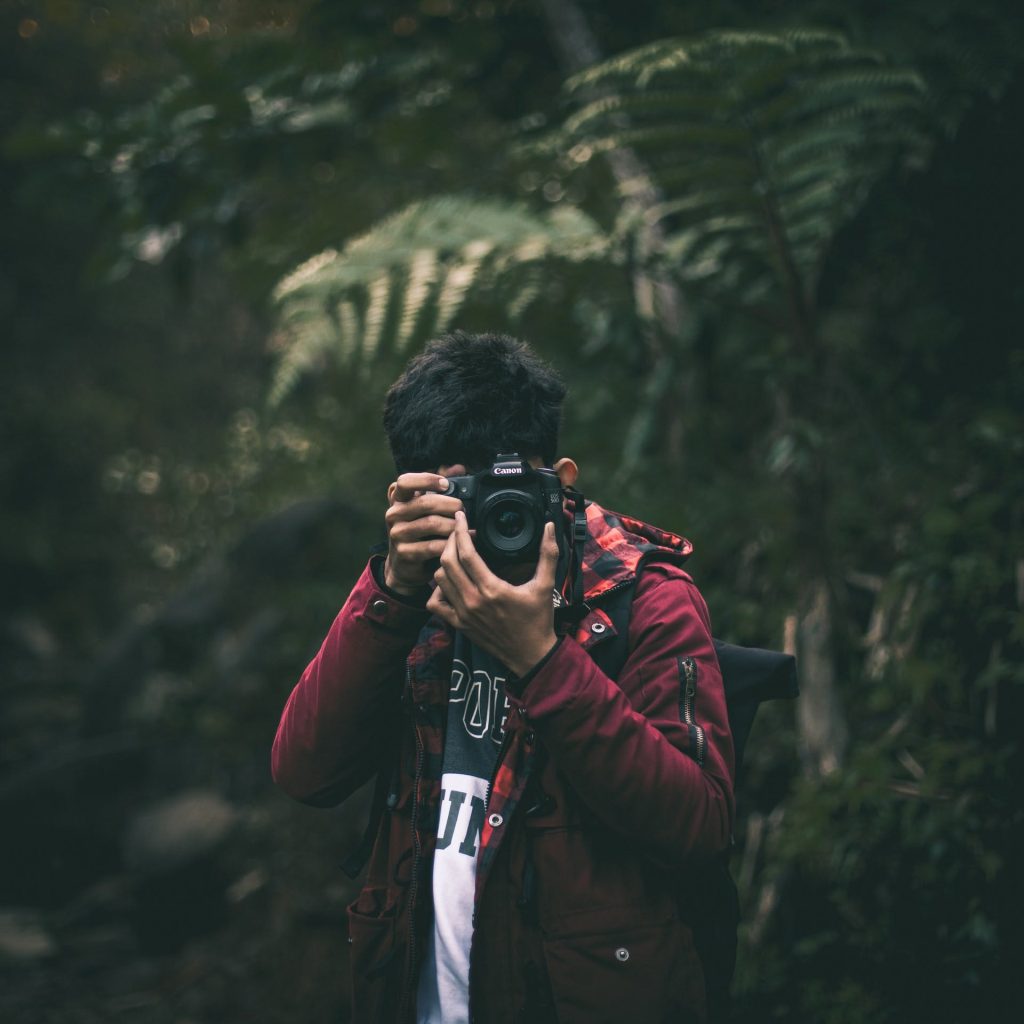If you feel like it’s too late to solve the climate crisis or you’re tired of hearing about it, you are not alone.
Let’s face it: Most climate stories are depressing, alarming, or both. A recent study by Public Citizen found that U.S. news media mentioned climate solutions or mitigation just 13% of the time when discussing climate change.
Is there a cure for this spiraling narrative of climate doom and gloom?
Without a doubt, the situation is extremely dire, and we need to know the facts about the causes and consequences, but we also need to know more about the solutions. The 1.5 °C Report from the United Nations Intergovernmental Panel on Climate Change (IPCC), the world’s leading group of climate scientists, warned that we need rapid, transformative change across sectors to cut down emissions to safe levels. Those changes have to start with the belief that we can actually achieve them — and that means seeing and understanding the solutions we need to scale up.
The UN Foundation’s #EyeOnClimate Instagram campaign aims to fill the communications gap in solutions through user-generated content — captivating photos and storytelling from global photographers and changemakers. And this year, we’re partnering with Salesforce to show solutions straight from the lens of NatGeo photographers.
The focus of this year’s #EyeOnClimate campaign, running from October 22 to COP25 (the next UN meeting on climate action), will be on spotlighting solutions for nature that are from nature. It comes on the heels of the UN Climate Action Summit, where leaders delivered over 100 commitments on nature-based solutions. This was an important start, but we need to keep these solutions on the global agenda and in the public eye.
Here’s what you need to know and why you should join.
Why Photos on Instagram?
While we may not see much about climate solutions in mainstream media, photographers and changemakers worldwide are witnessing them firsthand. Instagram gives us a window into their personal perspective, allowing us to see and understand along with them.
Highlighting these important perspectives during a crucial time for action is what the #EyeOnClimate campaign is all about. Over the past two years, the UN Foundation has shared the stories about climate change impacts and solutions from the edge of the Arctic to the banks of the Amazon and beyond. Last year’s campaign, which focused on climate solutions around the Global Climate Action Summit in September, resulted in over 700 images shared and participation from National Geographic photographers Cristina Mittermeier and Ami Vitale as well as amplified by actor and activist Leonardo DiCaprio.
This campaign is ultimately about playing a part in shifting the climate conversation. When we see more solutions and have more stories to be hopeful about, we feel motivated to talk about those examples, learn more about them, and advocate for them.
What are Solutions from Nature?
A range of climate solutions exist right now, but the most hidden are ironically right in front of us: solutions from nature, also known as “nature-based solutions.”
As writer and climate activist, George Monbiot, explains in a recent video with Greta Thunberg, “Nature is a tool we can use to repair our broken climate.” Protecting and restoring nature supports ecosystems, communities, and climate action. Nature is our greatest ally in the fight against the climate crisis, but as the two latest IPCC Special Reports show, nature is being exploited and harmed. Here are just a few sobering facts:
- Oceans are becoming warmer and more acidic, destroying vital coral reefs. It is projected that nearly all coral reefs will be lost with 2°C warming.
- Unsustainable farming practices and deforestation are causing roughly a quarter (23%) of man-made emissions. Healthy ecosystems, like tropical forests, naturally absorb carbon, but when they are destroyed they release it.
- Rapid warming in the Arctic threatens 4 million people and many delicate ecosystems that rely on ice.
At the same time, there are ways we can work with nature to help draw down carbon pollution and lessen the brunt of climate impacts. These solutions include:
Protecting and restoring ecosystems to make them more resilient to inevitable changes, like establishing Marine Protected Areas and restoring coral reefs. Some ecosystems like forests and mangroves also serve a carbon sinks, helping to draw down carbon pollution.
Farming and fishing in more sustainable ways. Farming techniques like agroforestry (planting and conserving trees while growing crops) can help draw down carbon pollution, while providing food and jobs.

It’s as easy as planting more trees in your town, cleaning up litter at the beach, or educating your community about climate solutions. Every little action to treat nature as an ally counts.
These solutions are just a subset of a much wider pool of actions we need to take, including transforming the energy sector, but they deserve much more attention.
How Can You Participate?
If you’re ready to fight off the doom and gloom, we invite you to share your #EyeOnClimate.
Starting from October 22 and running to COP25 in early December, the UN Foundation, National Geographic, and Salesforce — along with global photographers and changemakers — will share climate solutions from nature. And we want to see your solutions.
To get your solution photos featured in the campaign, go to the #EyeOnClimate page to learn more about how to participate.
To follow the campaign and amplify the solutions showcased, be sure to follow:
And check out photos from around the world in real time on the #EyeOnClimate page. You don’t need to be a professional photographer to have a compelling lens. Everyone has a solutions story and the world wants to see yours.

